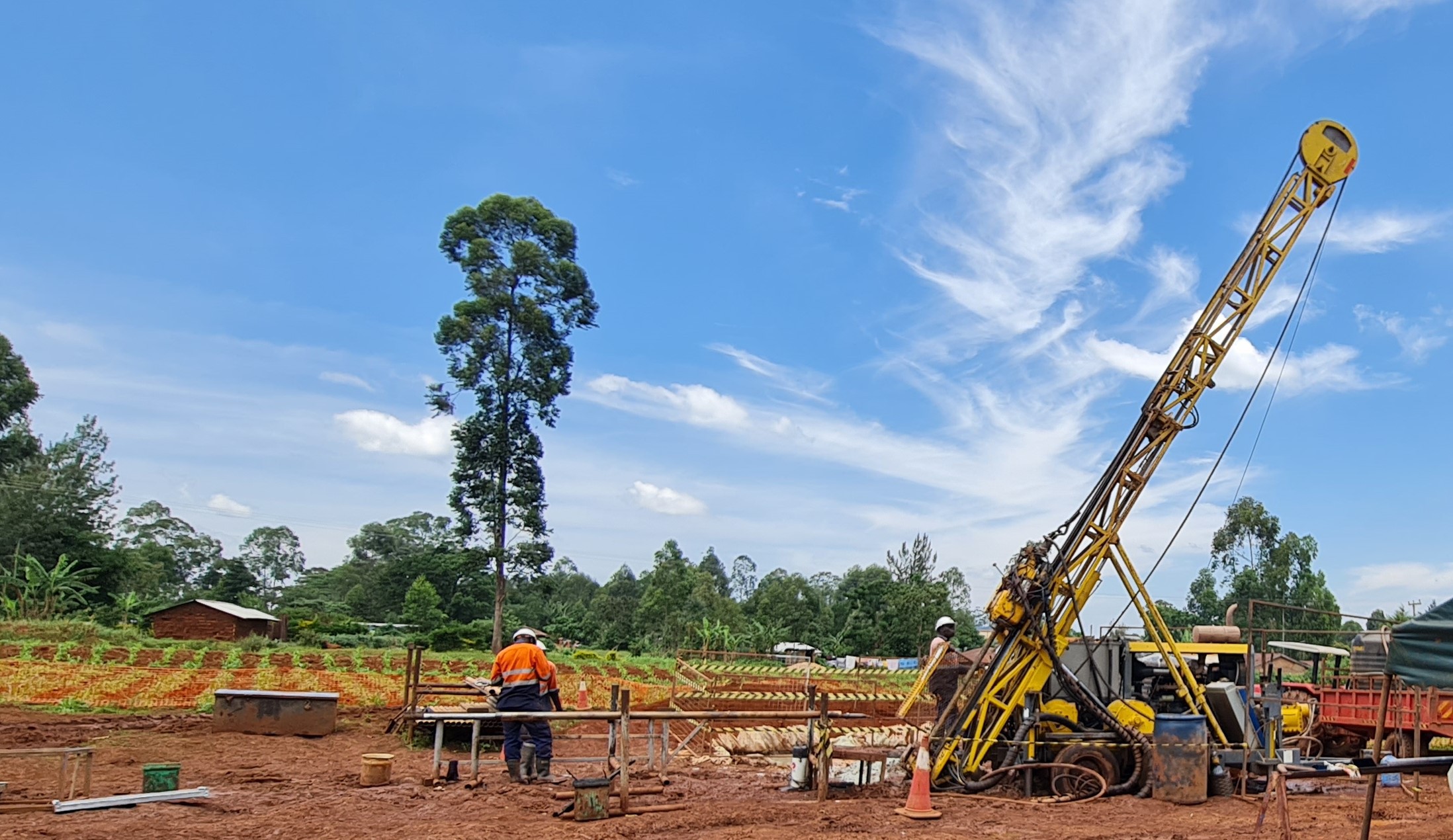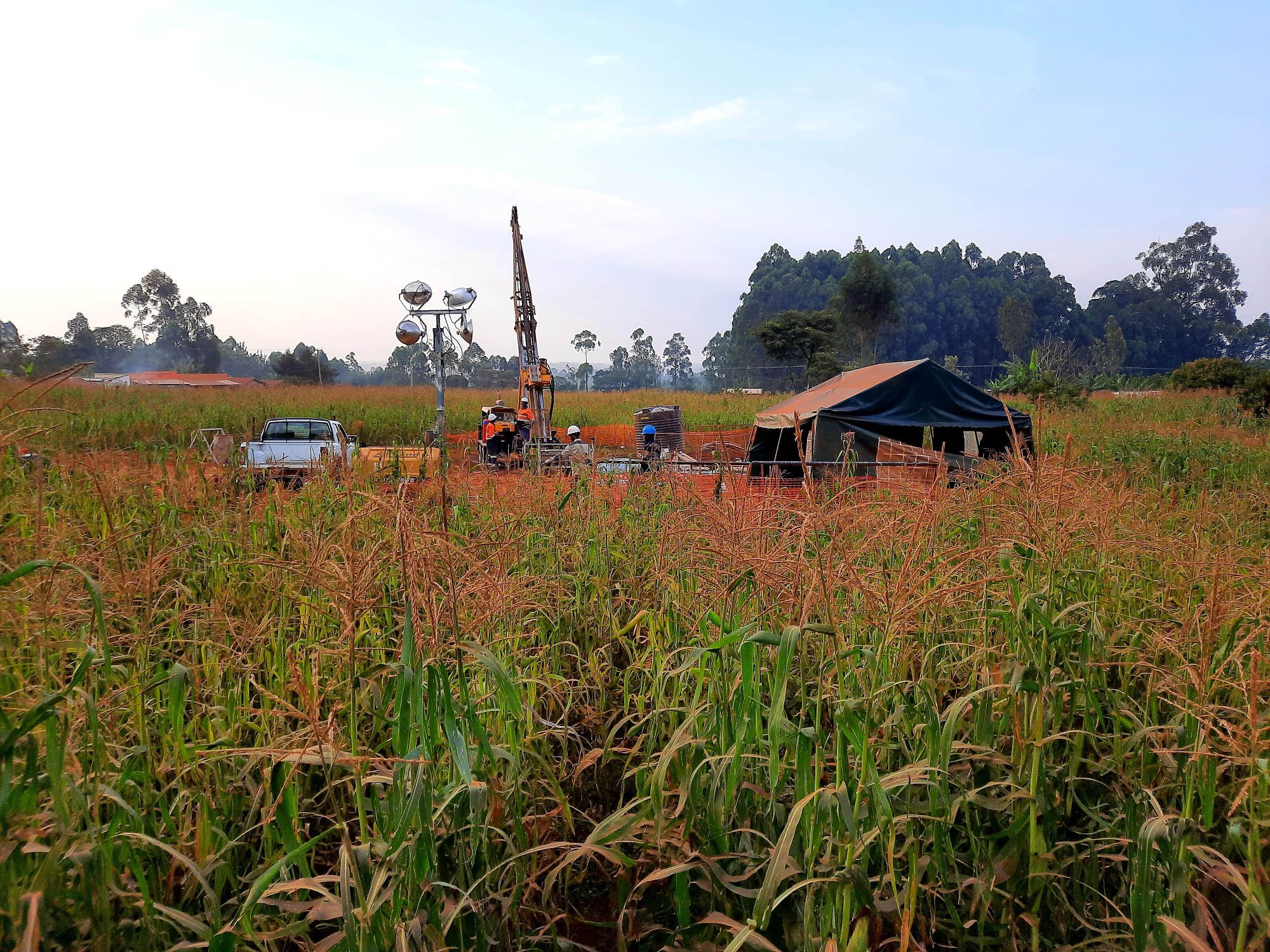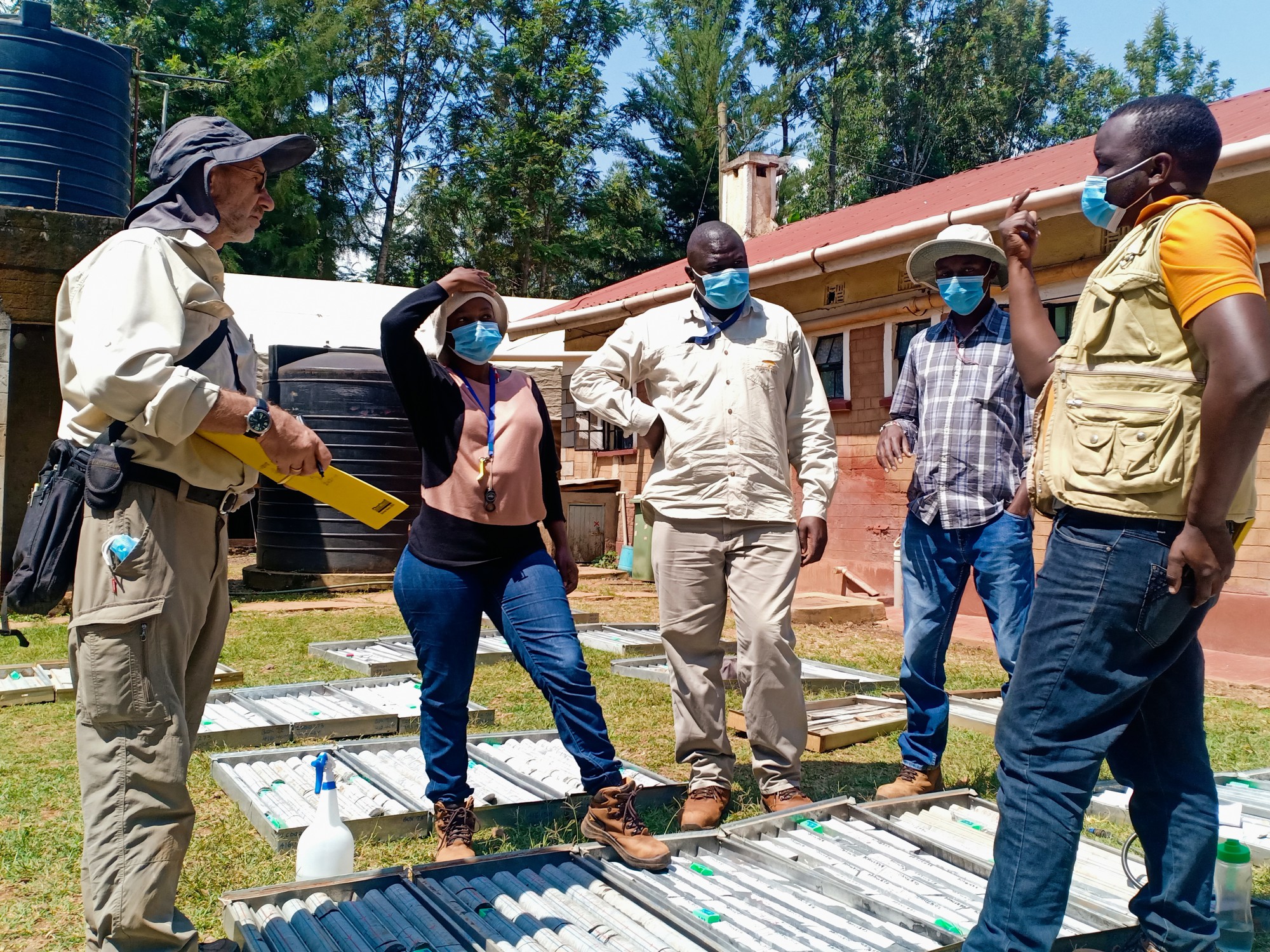West Kenya Project
Shanta acquired the West Kenya Project in late 2020, which is believed to be among the highest grading gold projects in Africa. The project is located in an underexplored greenstone gold region, which encompasses very similar major geological criteria present in the analogous prolific gold greenstone belts e.g., Abitibi and Red Lake in Canada, Goldfields in Western Australia and Lake Victoria Goldfields in Tanzania.
Post-acquisition, Shanta has undertaken various key processes to enhance the value accretion of this portfolio and to accelerate a construction decision for a third mine. These include;
- Commenced an independent Scoping Study for the high-grade West Kenya Project (Isulu/Bushiangala deposits).
- Appointed Yuri Dobrotin, P.Geo as Group Exploration Manager effective 1 January 2021.
- Embarked on an infill drilling programme at the Isulu and Bushiangala deposits aimed at upgrading ounces from the Project’s NI43-101 compliant Inferred Mineral Resource Estimate into the Indicated Resource category down to a depth of 600 metres, across three drilling phases.
- Increasing the Resources at the Isulu and Bushiangala deposits.
- Continuation of other exploratory works and prioritisation of targets across the full portfolio in West Kenya.
- Declared a maiden resource estimate for the Ramula target.
- Declaired a JORC 2012 compliant Mineral Resource Estimate at the Bumbo depost.
- Accelerated various feasibility-related study workstreams.
Regional Geology
The Tanzania Craton forms the south-eastern extent of the Archaean Eastern Congo Craton, a 2,000 km long corridor, which extends from Tanzania in the south, northwest into the Central African Republic. The southern part of the Tanzania Craton is dominated by felsic Dodoma gneisses and granitoid rocks and local supracrustal Dodoma schist relicts (Kabete et al., 2012a). The northern part of the craton is composed of a Neoarchean granite-greenstone terrane of the Lake Victorian Goldfields (LVG), which provides the host environment for the gold deposits. The LVG comprises seven greenstone belts, Iramba/Sekenke, Nzega, Sukumaland, Kilimafedha, Musoma-Mara, Migori and Busia-Kakamega. Early workers recognised unifying stratigraphic themes within these greenstone belts.
The Busia-Kakamega Greenstone Belt lies on the northern edge of Lake Victoria extending northwest from Kakamega in Kenya, into Uganda. The belt comprises an overall northeast facing sequence of volcanic and sedimentary rocks intruded by granitoids. The oldest rocks are pre-2750 Ma Samia Hills Group in the west through the 2700- 2670 Ma Ndori group and 2670-2660 Ma Yala group, eastward into the 2660 Ma Kavirondo group (Sharp et al. 2016). The volcanic units, and their intrusive equivalents, include rocks of komatiitic, tholeiitic, calcalkaline and high potassium adakitic composition: the adakitic rocks within the Yala River group are intercalated with sandstone and conglomerate which has been included in the Kavirondo group in the past. The komatiitic suite hosted by the Ndori Group includes high-Mg basalts and ultramafic volcaniclastic rocks. The granitoids can be separated into two groups: an older calcic syn-volcanic suite predating deposition of the Kavirondo group sedimentary rocks and a younger circa 2650 Ma high potassium suite which post-dates the Kavirondo group. Most of the rocks throughout the Busia-Kakamega Greenstone Belt show remarkably little strain at the outcrop scale. Exceptions are occurrences of mafic volcanic meta-tectonites. Field relations suggest these meta-tectonites are passively intruded by the circa 2670 Ma Assembo granitoid, which provides a minimum age for this early deformation. Rocks of the younger Kavirondo group are locally folded and in places cut by a steep cleavage in outcrops. The inferred circa 2660 Ma age of the Kavirondo group provides a maximum age for this younger cleavage and a clear indication that there are at least two distinctive generations of structures in the belt. East-northeast faults are inferred across the belt from several lines of evidence. These faults are discordant features, most likely representative of younger deformation. The major structural grain of rocks in the central part of the belt is northeast, truncated by the north striking intrusive contacts of the circa 2655 Ma Maragoli and Mumias external batholiths.
Within the Busia Kakamega Belt two informal geological regions have been recognised, the Kakamega Dome in the northeast, a broad synclinal structure of volcano-sedimentary rocks and the Lake Zone in the southwest a northeast trending folded and thrusted volcano-sedimentary sequence.
Isulu and Bushiangala Deposits
Gold mineralisation at the Isulu and Bushiangala deposits is hosted by sheared pillowed to massive basalts, bounded between ultramafic volcanics and polymictic conglomerates on one side and carbonaceous mudstones and sandstones on the other side. The deposits occur within the Liranda Corridor area, a 12 km structural trend located on the eastern limb of a broad synclinal structure intruded in the center by granitoids and diorites, termed the Kakamega Dome. Mineralisation is associated with quartz and quartz-carbonate veinlets ranging from 0.5 m to 10 m in true width, which lies within the mineralised shear zones. The mineralisation style is classified as orogenic, shear-zone-hosted quartz-carbonate vein subtype.



